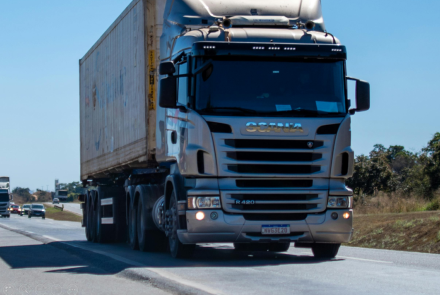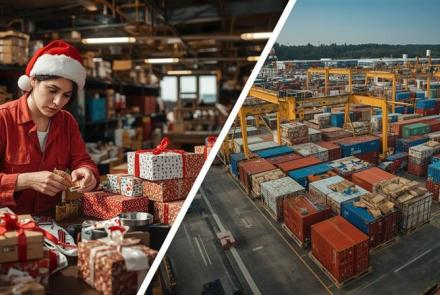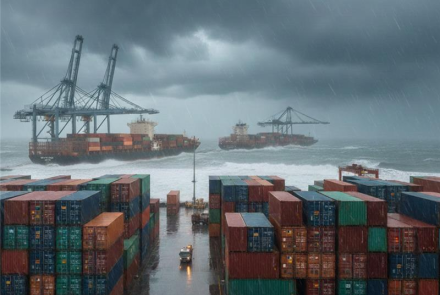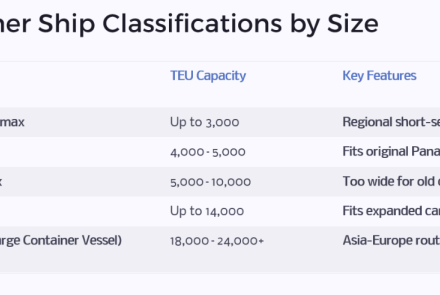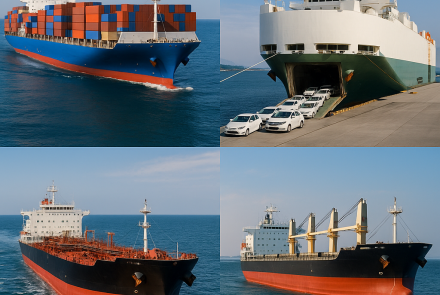Full Container Load (FCL) versus Less than a Container Load (LCL)
![]()
In shipping terminology, a Full Container Load (FCL) is a container intended for the exclusive use of a single shipper. A Full Container Load booked by the shipper is entirely used by that shipper alone. Empty space, if any, is not shared with a cargo belonging to any other shippers.
Although the term Full Container Load might seem to indicate that it would be filled entirely by a single shipper, this need not necessarily be the case. A shipper might prefer to be its sole user even if the container is not stuffed completely. A shipper may prefer to load a Full Container Load for the following reasons:
* Overall efficiency: Typically, if the shipper has to move a large quantity of cargo, FCL would be the preferred method for the sake of convenience and precise fit.
* Reduced risk: The cargo booked on an FCL basis encounters less risk of physical damage from other cargo due to movements and jolts.
* Safety: Full Container Load shipments can be stuffed at the supplier’s premises and then trucked directly to the yard for onward shipment. Such containers need to be opened again only at the final destination ensuring the safe transport and delivery of goods.
Less than a Container Load (LCL), as the name implies, is used by a shipper who does not have sufficient cargo to make use of a full container. Therefore, in order to be cost-efficient, his goods are loaded together with the cargo of other shippers.
Important aspects to consider while choosing between FCL and LCL:
| Aspect | Full Container Load (FCL) | Less than a Container Load (LCL) |
| Price | FCL is economical for a shipper who has a large quantity of cargo to move and can thus optimally utilize the space in a container. | Although the cost works out higher per unit to transport goods on an LCL basis, it is more economical for a shipper whose volume of cargo is less than what the shipper would utilize in an FCL. |
| Size of cargo | FCL allows a shipper to move large volumes of cargo and thus use the entire container for their exclusive use. | LCL facilitates a shipper to transport cargo in lesser volumes and thereby achieve benefits of cost-effectiveness. |
| Safety | There is no risk of damage arising from collision with another shipper’s cargo inside the container. | There is a higher risk of damage arising from collisions and pollutants from other cargo. |
| Delivery | Speed of delivery is increased because of reduced paperwork at the ports, including quick customs clearance. | Cargo clearance is cumbersome due to the presence of different types of goods and the need to match documents with every item inside the container and sort them out. |
The options available for FCL transport are (1) Door to Door (2) Door to Port (3) Port to Door and (4) Port to Port. The right choice will depend upon factors like the readiness of the shipper to load the goods as well as arrangements made at the consignee’s end. By opting for Live Load, the shipper can avail a maximum of 2 to 3 hours to complete the loading and seal the container. There are also other options that are more flexible where the shipper is allocated a pre-fixed time period ranging from 1 day to a week to load the cargo.
Full Container Load transport is typically a computerized process and equipped with the facility for a freight forwarder to track the movement of a consignment. The forwarder also undertakes the paperwork including the Bill of Lading (BoL), Advice to the receiving port and customs clearance.
- Log in to post comments


